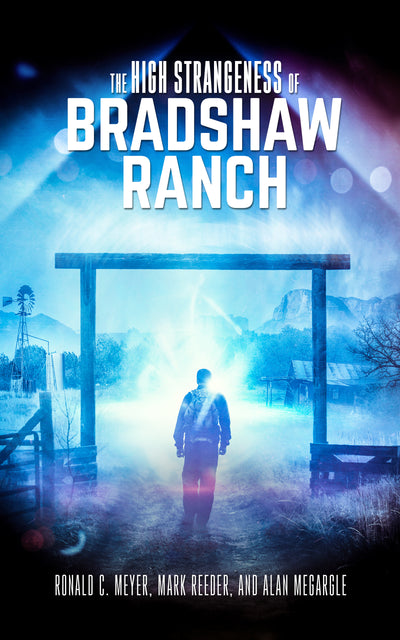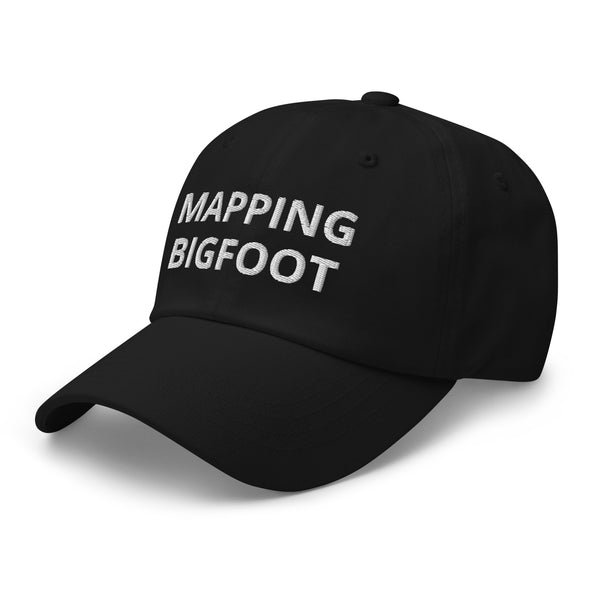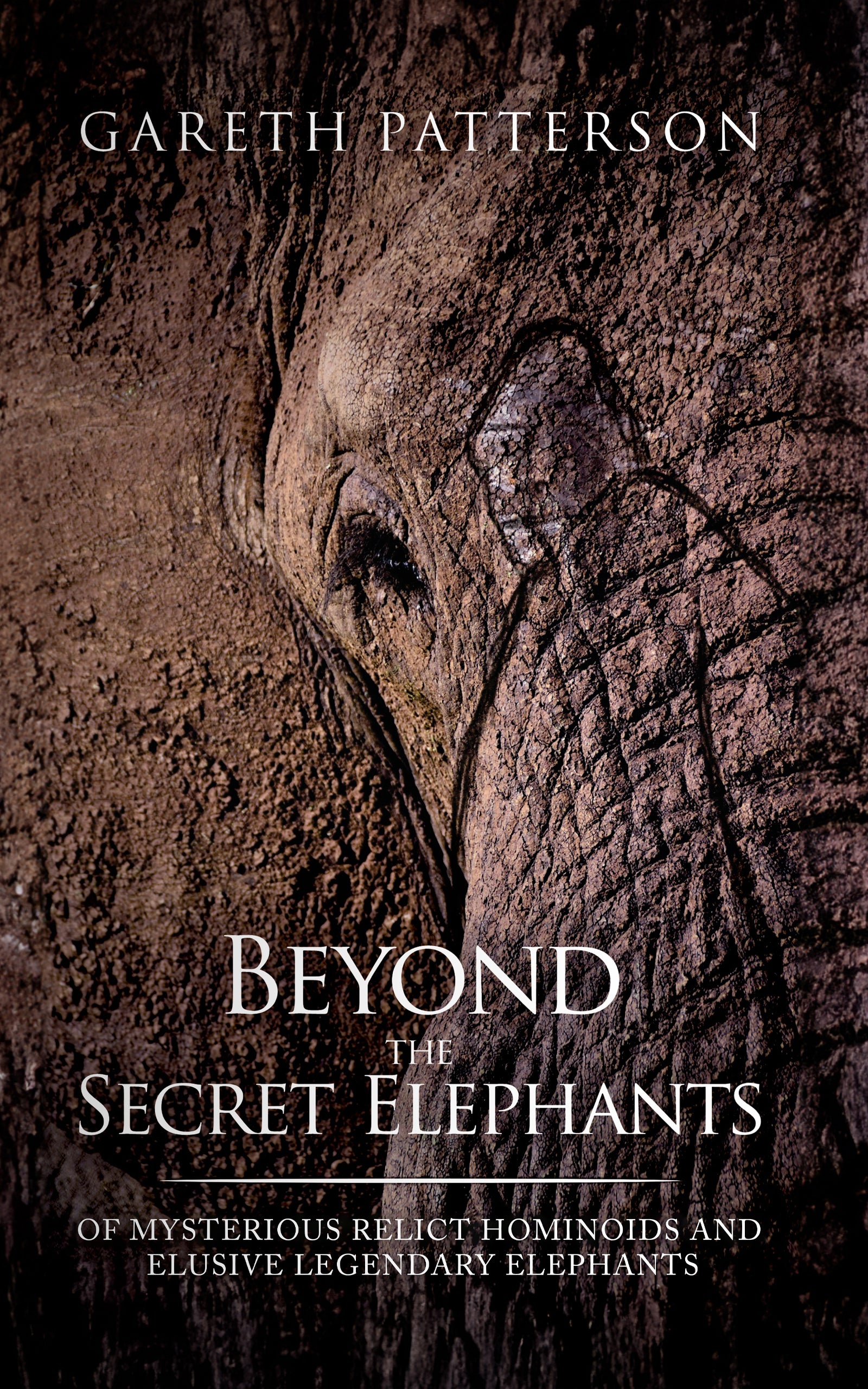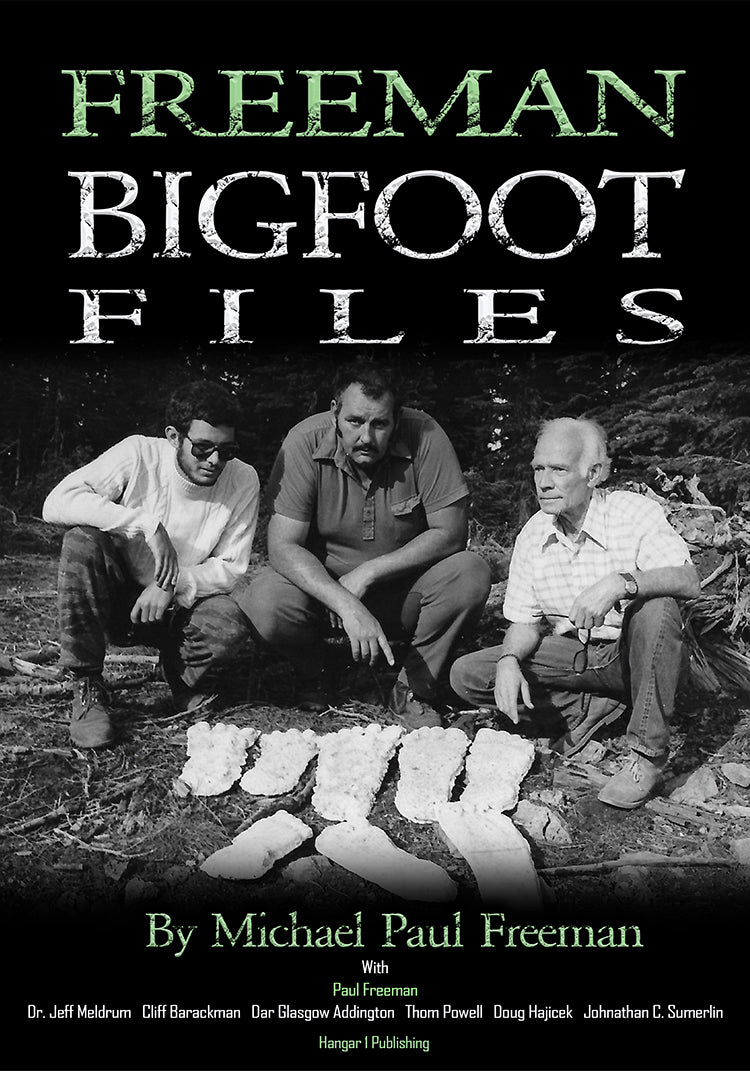Grid Lines and UFOs: The Power Grid Mystery
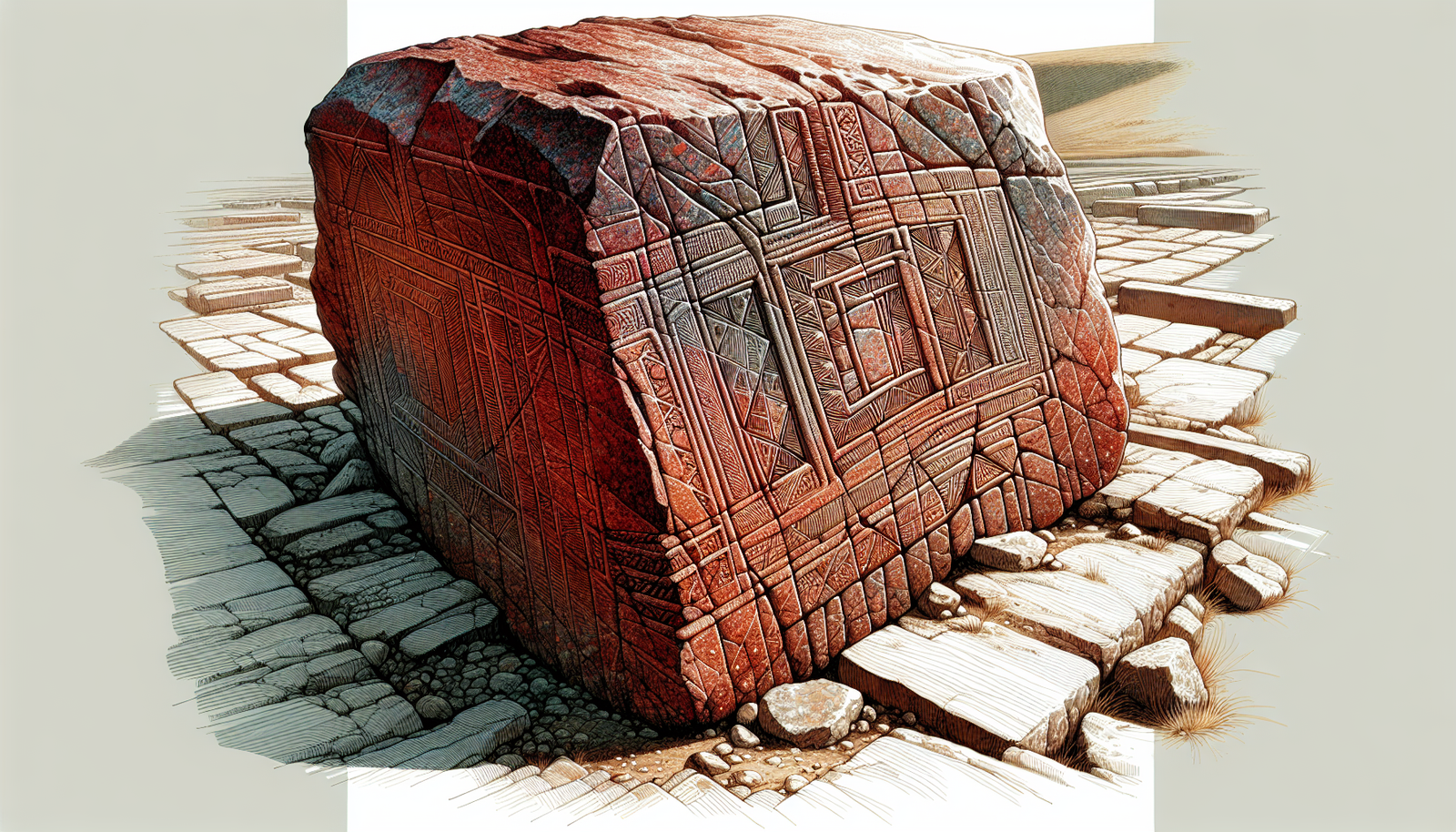
By Elaine Westfield, Ufologist
Introduction: Unseen Patterns in the Sky – A Decades-Long Enigma
For decades, the skies have presented us with a persistent paradox. Flickering lights, objects moving in ways that defy conventional aeronautics, fleeting glimpses reported by credible witnesses – these are the hallmarks of what we commonly call UFOs. While the official terminology has shifted in recent years towards "Unidentified Anomalous Phenomena" or UAP, the public fascination with the original term, and the mystery it represents, remains unwavering. We see reports surface, often dismissed, sometimes investigated, but rarely leading to definitive answers. It leaves many, myself included from years spent analyzing flight data, with a nagging feeling that there's a piece of the puzzle we're missing.
But what if some of these sightings, these seemingly random intrusions into our airspace, aren't random at all? What if the movements observed follow deliberate, even predictable patterns? This line of questioning leads us to a fascinating, if controversial, concept: the idea of terrestrial "grid lines," invisible pathways that might influence or even dictate the routes these phenomena take.
One of the earliest and most influential proponents of this idea wasn't an armchair theorist, but someone who spent years navigating the skies himself. Bruce Cathie, a retired New Zealand military and commercial airline pilot, began noticing something unusual during his flights starting back in the 1950s. His consistent, documented observations of UFOs seemingly adhering to specific flight paths laid the groundwork for a theory that intertwines unidentified objects, Earth energies, and perhaps even ancient knowledge. His background lends a certain weight to those initial observations – pilots are trained observers, deeply familiar with what should and shouldn't be in the sky.
So, let's embark on a journey to explore these potential connections. We'll look at the historical observations, the theories that emerged, the speculative links to ancient structures and technology, and the critical perspectives that challenge these ideas. It's a complex picture involving claims of energy grids, potential military awareness, and the fundamental human drive to find order in the unexplained.
The Pilot's Grid: From Observation to Theory
Imagine flying the same routes, day after day, year after year. You know the landmarks, the weather patterns, the normal air traffic. Then, you start seeing things that don't fit – objects exhibiting speed and maneuverability beyond known capabilities. This was reportedly the experience of Bruce Cathie. Over two decades, beginning around 1952, while flying near Auckland, New Zealand, Cathie meticulously documented encounters with UFOs. These weren't isolated incidents but repeat occurrences that allowed him to gather a significant amount of observational data.
His crucial insight wasn't just that he saw UFOs, but how they moved. According to his accounts and subsequent publications like "The Energy Grid," these craft consistently traveled in straight lines. This stood in stark contrast to the often-erratic behavior described in other reports, and certainly different from the flight paths of conventional aircraft or the drift of natural phenomena like weather balloons. It suggested intention, purpose, and perhaps adherence to a system.
Cathie took his observations a step further. He began mapping these straight-line trajectories. Working later with software engineer Rod Maupin to create the "Gridpoint Atlas," he plotted his sightings and discovered, he claimed, that these lines weren't random or isolated. Instead, they intersected, forming a coherent, planet-spanning grid pattern composed primarily of north-south and east-west lines. It was as if these craft were following invisible roads in the sky.
This discovery led Cathie to his most groundbreaking and debated hypothesis: Why would these objects follow such a rigid pattern? His conclusion was that the grid itself was significant – potentially a network tapping into the Earth's natural energy. He theorized that the Earth acts as a colossal energy source, and these grid lines are conduits or pathways for that energy. The UFOs, according to this theory, weren't just navigating by the grid; they were potentially using it, drawing power directly from the planet itself. This paints a picture of Earth not just as a place to visit, but as a potential cosmic refueling station.
Ancient Alignments: Was the Grid Known and Utilized in Antiquity?
The idea of a global energy grid, potentially used by UFOs, inevitably sparks another question: If such a grid exists, were technologically advanced extraterrestrials the first to discover it? And if so, did they leave any traces? This is where the narrative often takes a fascinating turn, connecting modern UFO sightings to the mysteries of the ancient world. Proponents of ancient astronaut theories suggest that many megalithic sites – Stonehenge, the pyramids, Carnac – weren't placed randomly. They argue these sites are strategically located along "geodetic gridlines and energy lines," natural formations on the Earth.
This leads to the claim that the precise placement of these ancient wonders constitutes evidence of a sophisticated, prehistoric survey of the entire planet. Who could have performed such a feat ages ago? The implication, often, points towards extraterrestrial visitors or a lost, highly advanced human civilization guided by them. It reframes these monuments not just as tombs or temples, but as components of a forgotten global system.
Pyramids, particularly those in Egypt, become central to this theory. Could they have been deliberately constructed to tap into the same electromagnetic fields allegedly used by UFOs? The argument suggests ancient cultures, perhaps aided by off-world knowledge, understood and utilized these terrestrial energies. The sheer engineering prowess required to build the pyramids is often cited as indirect evidence – perhaps the energy they harnessed also aided in their construction, potentially explaining mysteries like how massive stones were moved.
The theory gets even more specific, proposing that the very shape of the pyramid is crucial. Some researchers suggest a link between gravity and electromagnetism, theorizing that the pyramidal form focuses incoming energy, creating a "swirling current" and "rotational inertia" within, effectively amplifying the harnessed power. It's an attempt to find a functional, scientific-sounding purpose behind the iconic shape.
Adding a layer of apparent empirical data, some sources mention experiments allegedly measuring electrical voltage in and around the Great Pyramid. Reports claim readings significantly higher (around 1.2 volts) compared to baseline measurements taken elsewhere (like 0.08 volts in Los Angeles). While the methodology and verification of such claims remain debated in mainstream science, within the context of the grid theory, they're presented as tantalizing hints of the pyramid's potential function as an energy device.
Obelisks are also drawn into this framework. Often crafted from red granite rich in quartz crystals, proponents speculate this material choice wasn't accidental but related to energy conductivity or resonance. Like standing stones found globally, obelisks are seen as potential energy harnesses. Their shape, pointing skyward, is interpreted literally as a connection to the heavens, with the gilded pyramidion at the apex acting as a focal point – a beacon, a communication device, or an energy transducer linking Earth and sky, perhaps facilitating contact with the "gods," reinterpreted as extraterrestrials.
Specific ancient sites like Baalbek in Lebanon, with its impossibly large foundation stones (the Trilithon), and Abu Gorab in Egypt, featuring massive alabaster platforms with circular elements, are presented as further evidence. Theories suggest Baalbek might have been an ancient landing platform for spacecraft, citing texts like the Epic of Gilgamesh or the Book of Enoch which speak of beings descending from the sky near that location. The peculiar circular "wheels" found on platforms at Abu Gorab (and reportedly echoed in Roman ruins in Italy) are linked to concepts like harmonic resonance for communication or even "wheels of knowledge" brought by celestial visitors like the mythical Phaethon. These interpretations attempt to weave diverse ancient mysteries into a unified tapestry of extraterrestrial interaction and advanced energy manipulation tied to a global grid.
Modern Implications: Military Awareness and Tesla's Link
If an energy grid exists and is utilized by UFOs, and perhaps even marked by ancient structures, it raises the question of modern awareness. Could powerful entities today know about this grid? Some theories propose exactly that, suggesting that organizations like the American military became aware of the grid, possibly following the surge in sightings after World War II and events like the alleged Roswell incident in 1947. The claim, elaborated by proponents like David Childress, is that the military didn't just become aware of the grid; they started strategically using it.
This involves the assertion that military bases and other sensitive installations might be intentionally constructed on specific "spots" corresponding to nodes or lines within this planetary grid. The rationale echoes Bruce Cathie's observation of structures being built along the grid lines he mapped – perhaps the military learned, either through observation or recovered technology, that these locations hold strategic importance related to the phenomena or the energy itself.
The speculation escalates further with the idea that the military isn't just passively using existing grid points, but actively "reconstructing" or interfacing with an ancient network, one potentially established by extraterrestrials millennia ago. This paints a picture of a covert effort to understand and exploit a technology far beyond conventional understanding, linking modern military strategy directly back to supposed ancient alien architects.
One of the most intriguing, and specific, alleged connections bridges this ancient/modern divide through the figure of Nikola Tesla. Researchers point to a curious parallel: the intended height of Tesla's Wardenclyffe Tower, designed for wireless energy transmission, reportedly matched the height of the Great Pyramid (from base to the original capstone). Adding fuel to this fire is the claim that while Tesla was developing Wardenclyffe around 1908, financier J.P. Morgan funded an expedition within the pyramids, and information was supposedly relayed back to Tesla. While the specific nature and impact of this information remain unknown (or perhaps non-existent), the coincidence is presented as "suspect." It tantalizingly hints that Tesla's visionary work on wireless power might have been influenced by, or attempting to replicate, the very energy principles supposedly embodied in the ancient pyramids and the global grid they allegedly formed a part of.
Skeptical Perspectives: Examining the Grid Hypothesis
While theories connecting UFOs, ancient sites, and global energy grids capture the imagination, it's crucial to approach them with a critical eye. From a skeptical standpoint, several significant issues arise. Firstly, the very concept of a "World Grid," "Planetary Grid," or "Earth Energy Grid" suffers from a lack of precise definition. Different proponents seem to describe different geometries (like Becker and Hagens' dodecahedron model) or properties, making it difficult to test or verify empirically. What exactly is this grid, and how does it operate according to consistent physical laws?
The attempt to lend ancient authority to the grid concept by invoking Plato is also highly questionable. Careful reading of Plato's dialogues, like Phaedo and Timaeus, reveals discussions of geometric solids representing the elements (like the dodecahedron representing the cosmos or universe) and the Earth as a sphere composed perhaps of twelve sections like a leather ball. However, these philosophical and cosmological descriptions are a far cry from the detailed energy or navigational grid proposed by modern theorists. Attributing the grid's discovery to Plato appears to be a significant misinterpretation or an attempt to weave historical gravitas around a modern fringe idea.
Similarly, the concept of Ley Lines, often conflated with the energy grid, has mundane origins. Alfred Watkins, who popularized the term in the 1920s, believed he had discovered ancient, prehistoric straight trackways marked by mounds, stones, and other features, used for trade and navigation. He proposed no mystical energies or alien involvement. The later adoption of Ley Lines by New Age and ancient alien proponents, reinterpreting them as energy pathways or UFO navigation routes, ignores their original, grounded hypothesis and the archaeological evidence. Skeptics argue that apparent alignments of ancient sites are often due to chance, the sheer density of historical sites across landscapes like Britain, and confirmation bias – selecting points that fit a desired line while ignoring countless others that don't.
The example of the Viking Ring Forts in Denmark (the Trelleborgar) further highlights this selective interpretation. While some proponents claim these forts align perfectly along Ley Lines, demonstrating advanced surveying possibly linked to alien flight paths, the reality is different. The forts don't form a perfectly straight line, missing each other by significant distances when plotted. Furthermore, archaeology provides a clear historical context: these forts were built rapidly around 980 CE during Harald Bluetooth's reign, likely as strategic installations to consolidate power and control trade routes during a period of internal strife. Their specific circular design with cardinal gates was likely inspired by continental European fortifications, not alien blueprints. Attributing them to an alien grid ignores their known purpose, precise dating, and terrestrial architectural influences.
Perhaps the most significant challenge for all grid theories is the lack of measurable evidence. If these grids conduct powerful energy, or if ancient sites harness or amplify it, where is the quantifiable proof? The supposed energies remain undetectable by standard scientific instruments. Claims of unusual voltage readings at pyramids, for instance, lack rigorous, independently verified studies published in peer-reviewed journals. Without measurable data, the energy grid remains purely speculative.
Ultimately, the skeptical view suggests that grid theories often rely heavily on correlation rather than causation. By drawing lines between carefully selected ancient sites, UFO sightings, or military bases across a map, patterns can inevitably be made to appear. The human brain excels at finding such patterns, but this tendency doesn't automatically validate the existence of a hidden, underlying system.
The Human Element: Patterns, Perception, and Practical Grids
Our innate desire to find order in chaos plays a significant role in the enduring appeal of grid theories. The human brain is wired to recognize patterns; it's a fundamental aspect of how we learn and make sense of the world. Sometimes, this leads to pareidolia – seeing familiar shapes in clouds, faces in inanimate objects, or, perhaps, alignments on a map where none were intended. It's possible that the perception of global grids connecting disparate phenomena is partly a product of this powerful, pattern-seeking tendency. We look for connections, and sometimes we find them, whether they reflect an external reality or our own internal organization of information.
However, the concept of a grid isn't purely speculative or psychological. Grids are fundamental, practical tools humans use constantly. Think of the lines of latitude and longitude that encircle the globe, allowing us precise navigation and mapping. City streets are often laid out in grids for efficiency. Grids are inherent in charting, planning, and organizing space. This practical utility is undeniable and universally understood.
We even see this playful use of grids in activities like the "Battle-UFOs (4 Figure Grid)" game designed for scouts. Here, a standard map grid (1:25k) is used to create a playing field. Teams use 4-figure grid references (coordinates) to target and 'hit' their opponent's 'UFOs' (represented by poker chips). It’s a simple exercise, but it perfectly illustrates the core function of a grid: providing a structured system for locating and tracking objects within a defined area, complete with protocols for communication (like phonetic numbering for coordinates).
This practical application finds a more sophisticated echo in modern UAP investigations. Analyzing video footage of unidentified phenomena requires transforming a 2D image into a 3D spatial context. Tools like Sitrec ("Situation Recreation"), which I find particularly useful in analyzing flight characteristics from pilot reports, rely on establishing "Lines of Sight." By tracking the object and background elements frame-by-frame, analysts can generate potential flight paths. This process inherently uses grid-like principles of spatial coordinates and vector analysis. Calculating an object's speed, acceleration (g-forces), and size based on these reconstructed paths allows investigators to determine if its behavior is genuinely anomalous – exceeding known physics or technology – or if it falls within the realm of the explainable, like a distant aircraft, a balloon, or even an insect closer to the camera. This rigorous, data-driven approach uses grid concepts not for grand speculation, but for methodical analysis and the potential identification or confirmation of truly unexplained events.
Beyond the Earth: Cosmic Connections and Information Fields
Just as some theories extend the grid across the Earth, others propose it reaches far beyond our planet, connecting us to a wider cosmic neighborhood. The idea emerges that the terrestrial grid might be just one node in a vast intergalactic network, an "integrated circuit throughout the cosmos," linking Earth to other inhabited worlds. This elevates the concept from a planetary power source to a potential infrastructure for interstellar travel or communication.
How might such connections function? Some proponents draw upon theoretical physics, albeit often in highly speculative ways. Concepts like zero-point energy – the underlying sea of quantum energy permeating the universe – and the hypothetical "Akashic field" are invoked. The Akashic field, in this context, is envisioned as an informational field encoded in quantum waves, accessible to all intelligent life throughout the cosmos. The universe itself is seen not just as matter and energy, but as information.
Building on this, controversial interpretations of quantum entanglement are sometimes used to suggest the possibility of instantaneous information transfer across cosmic distances. Richard Feynman's work on quantum physics is referenced, particularly the idea that subatomic particles might interact non-locally. This leads to the speculation that human (and potentially extraterrestrial) brains, with their complex electrical activity, could act as receivers or transmitters capable of tapping into this universal information field via quantum waves. This framework is offered as a potential explanation for phenomena like shared consciousness, visions, or even telepathic communication across star systems – information traversing the void instantaneously, perhaps nudging civilizations along certain paths.
It’s crucial, however, to distinguish these highly speculative interpretations from established science. While concepts like zero-point energy and quantum entanglement are part of legitimate physics, their application to consciousness, cosmic grids, and instantaneous interstellar communication remains firmly in the realm of conjecture. It's also worth noting, as a point of clarity, that the acronym "UFO" itself has other scientific uses. In astrophysics, "Ultrafast Outflows (UFOs)" refer to specific phenomena observed near active galactic nuclei – powerful winds of ionized gas flowing out at incredible speeds. This serves as a reminder that context is key, and not every "UFO" relates to the aerial phenomena we typically discuss.
The Power Grid Mystery: An Enduring Question
We've journeyed through a landscape of pilot observations, ancient megaliths, complex energy theories, and skeptical counterarguments. The thread connecting them all is the concept of "grid lines" – invisible patterns proposed to explain the movement of UFOs, harness Earth's energy, and perhaps link us to civilizations past and present, both terrestrial and potentially extraterrestrial. From Bruce Cathie's meticulous plotting of flight paths over New Zealand to the speculative connections drawn to pyramids, obelisks, and even Tesla's ambitions, the idea persists.
We've seen how ancient sites are reinterpreted as nodes on an energy network, their quartz composition and specific alignments cited as evidence. We've touched upon claims of military awareness and the potential exploitation of such a grid. Simultaneously, we've acknowledged the significant lack of verifiable scientific evidence, the plausible explanations rooted in coincidence and pattern-seeking psychology, and the concrete historical contexts for sites like the Viking ring forts that contradict their inclusion in grand, unified grid theories. The practical, everyday utility of grids in mapping, analysis, and even games stands in contrast to the more fantastical global energy grid concepts.
Why does this idea of "Grid Lines and UFOs" hold such fascination? Perhaps it stems from our deep-seated need to find order and meaning in the unknown. The possibility of a hidden structure underlying unexplained phenomena offers a tantalizing sense of understanding, a potential key to unlocking cosmic secrets. It connects the tangible mysteries of our ancient past with the perplexing aerial encounters of the modern age, suggesting a continuity of advanced knowledge or presence that spans millennia.
While scientific consensus remains highly skeptical of a literal global energy grid dictating UFO movements or powering ancient monuments, the fundamental questions endure. What are the unidentified anomalous phenomena reported by credible witnesses? What secrets do ancient ruins hold about the capabilities and knowledge of their builders? And what is humanity's true place within the vastness of the cosmos? The "Power Grid Mystery" may be less about a literal network of energy lines and more about the interconnectedness of these profound questions that continue to drive human curiosity and exploration. The lines may not be on the map, but they are clearly drawn in the landscape of human wonder.
From Bigfoot to UFOs: Hangar 1 Publishing Has You Covered!
Explore Untold Stories: Venture into the world of UFOs, cryptids, Bigfoot, and beyond. Every story is a journey into the extraordinary.
Immersive Book Technology: Experience real videos, sights, and sounds within our books. Its not just reading; its an adventure.











